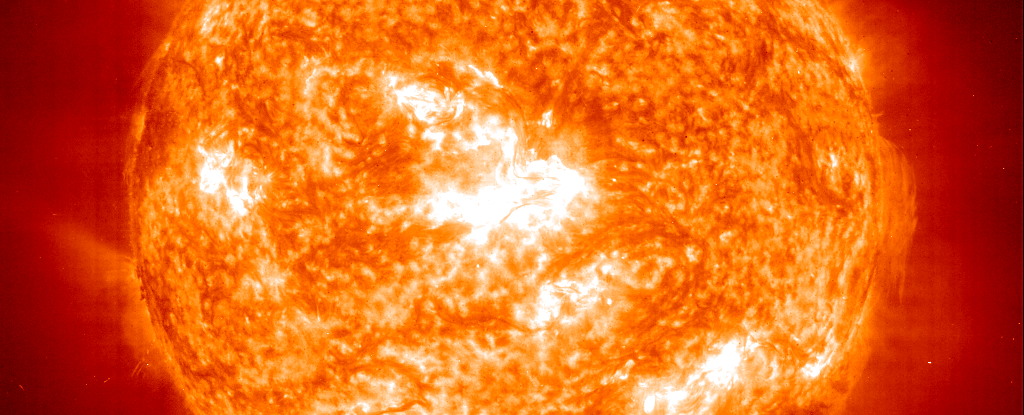
It will continue to grow hotter over the next few billion years, eventually running out of hydrogen to fuse in its core.
The best way to find that is by searching the Milky Way for Sun-like stars at different stages of their lives, and then weaving them into a timeline that models our own star's past and future.It tracks the positions and motions of stars in the sky, while taking detailed observations of each star's brightness and spectral classification.
A star's mass, you see, doesn't really change as it ages; but its temperature does, quite significantly, based on the nuclear fusion taking place in the stellar core, which is observed as changes in brightness.Because this temperature range includes stars like the Sun, the data could be used to zero in on stars with a similar mass and chemical composition as the Sun.Broadly consistent with previous projections of the Sun's lifespan, its temperature will peak at around 8 billion years of age.That's because the Sun is increasing in brightness by about 10 percent every billion years; which means it is also increasing in temperature.